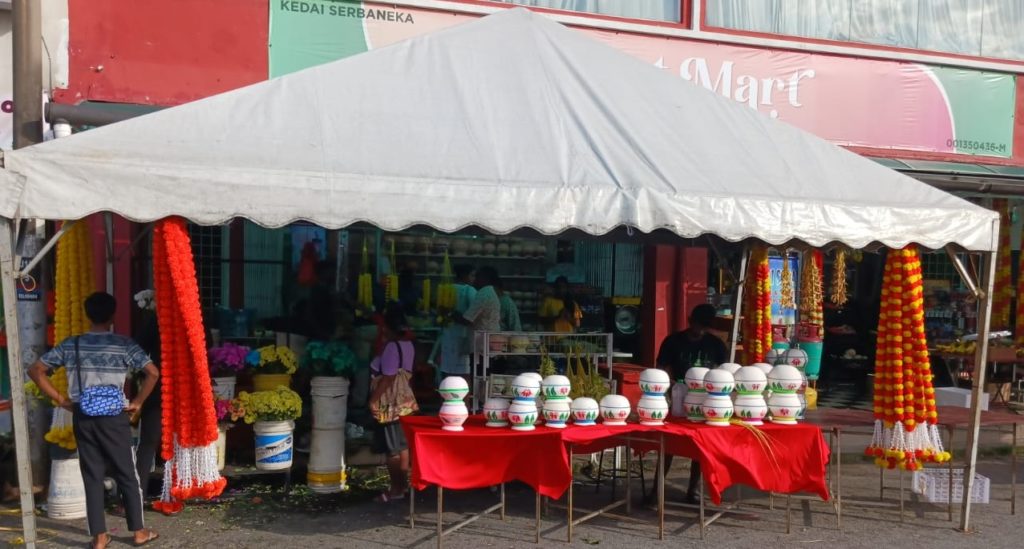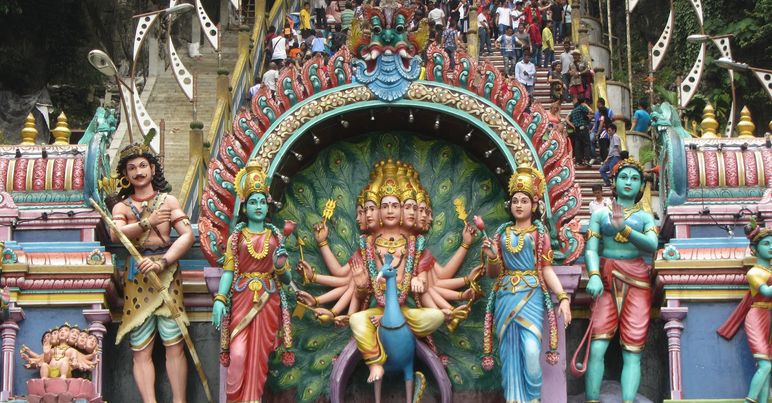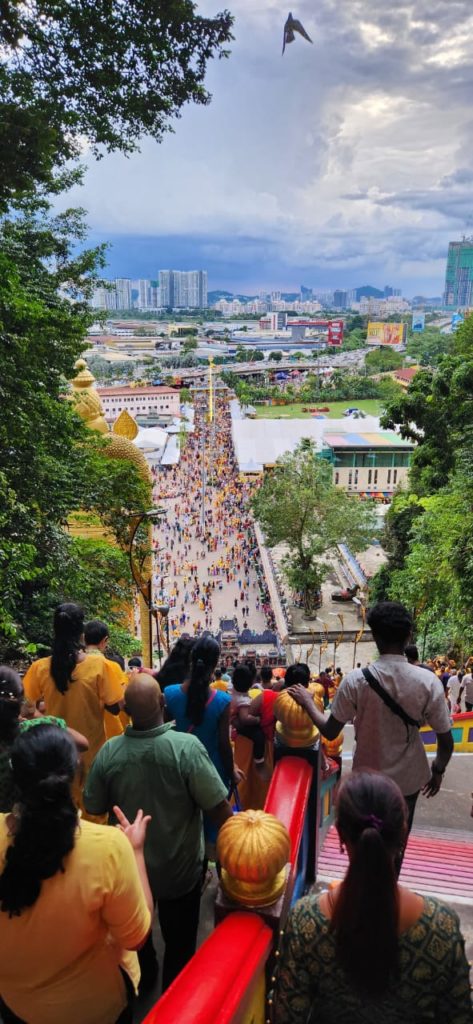
KUALA LUMPUR, Jan 15: Most Hindu households in Malaysia today would have been up early with the rising sun to do their prayers in celebration of the first day of the Thai month.
In keeping with tradition, they would have also cooked some sweet rice or ponggal, using water, brown sugar or milk and ghee, topping it off with cashew nuts and raisins. As the rice boils, the word ponggalo ponggal, which simply means boil over, would be uttered with wishes of abundance and prosperity for the coming months.
Besides being a thanksgiving celebration day in the Tamil calendar, which also marks the beginning of the harvest month in Southern India and practiced in Malaysia for generations, the day is observed as Makar Sankranti in the Hindu solar calendar. This marks the beginning of spring in the northern hemisphere with the transition of the sun into the zodiac sign of Capricorn or Makara.

For Mani in Subang Jaya, cooking up ponggal on the day is a tradition that has been religiously followed every year.
“My mother used to be even more elaborate with the celebration. Tying up sugar cane at the front doors, getting new earthenware to cook the ponggal and a complete vegetarian lunch were all a must with her.
“My sisters and I continue to observe the tradition as closely as possible. It is a way of thanking Mother Earth for the abundance She has given to sustain our lives. From rice to vegetables, fruits, nuts and grains that are harvested by farmers, the gifts of Earth are just too many and ponggal is a celebration of these gifts.”

Apart from Suria ponggal – dedicated to the sun – on the first day of the four-day celebration including the spring cleaning before ponggal, the second day will be Mattu ponggal, dedicated to cows and the third day ponggal will be carried out by young, unmarried women.
The full moon in the month of Thai would be celebrated as Thaipusam with prayers and expressions of gratitude to the Tamil deity Lord Subramaniam or Murugan.
In Malaysia, this event has been grandly celebrated in many parts of the country from the Sungai Petani temple in Kedah to Penang, Ipoh, Taiping, Klang, Kuala Lumpur, Johor, Tumpat in Kelantan, Marang, Terengganu for generations.
Many of these temples have also become tourism icon over the years such as the Batu Caves in Kuala Lumpur, Kallumalai Arulmigu Subramaniyar Temple in Ipoh, Penang Waterfall Hill Murugan Temple in Georgetown, contributing to the country’s tourism income.
— WE